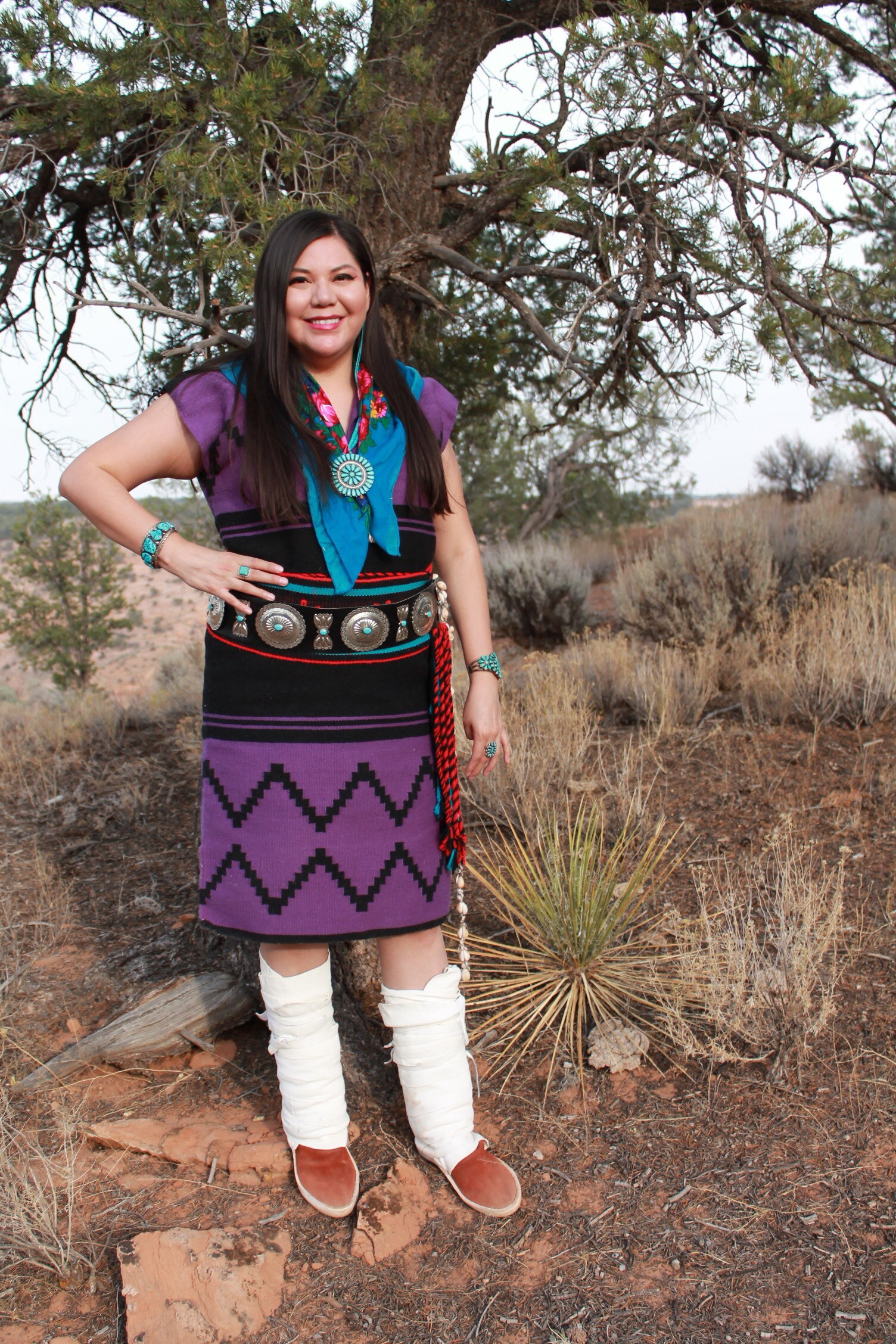Logan Phillips: Bilingual Poet, Performer, and Borderlands Storyteller
Logan Phillips is a bilingual poet, performer, DJ, and educator whose work bridges cultures, languages, and artistic disciplines. Raised in the Arizona/Sonora borderlands, Phillips brings the vibrancy and complexity of this region to his poetry and performances, creating art that resonates on both sides of the U.S.-Mexico border and beyond.
Early Life and Borderlands Roots
Born to a family of Irish and Slavic descent, Logan Phillips grew up surrounded by the landscapes, cultures, and tensions of the Arizona/Sonora border. This upbringing shaped his identity as a storyteller and artist committed to amplifying borderland narratives and cross-cultural exchange. His artistic voice is deeply tied to his bilingualism, allowing him to navigate and celebrate the intersection of English and Spanish in his work.
Living and Writing in Mexico City
From 2006 to 2011, Phillips lived in and around Mexico City, where he immersed himself in the local arts and literary scenes. During this time, he co-organized and hosted the country’s first regular poetry slam series, helping to establish spoken word as a prominent art form in Mexico. Simultaneously, he explored his talents as a DJ under the moniker DJ Dirtyverbs, spinning music at house parties and underground mezcalerías in Cuernavaca.
Phillips’ time in Mexico City enriched his storytelling, adding depth to his work as he explored themes of identity, language, and belonging in a globalized world.
Sonoran Strange: A Landmark Work
In 2012, Phillips co-directed Verbo•bala Spoken Video, a transdisciplinary performance group that merges poetry, video, and live performance. That same year, Verbo•bala received an Artist Project Grant from the Arizona Commission on the Arts for the development of their performance piece Sonoran Strange.
Sonoran Strange later became the title of Phillips’ debut full-length book of poetry, published by Albuquerque’s West End Press. The book is a powerful exploration of the American Southwest, offering a poetic meditation on themes such as colonization, environmental destruction, and cultural hybridity. It stands as a seminal work in contemporary borderlands literature.
Educator and Community Organizer
Since 2005, Logan Phillips has been dedicated to teaching and community engagement, using poetry as a tool for empowerment and self-expression. He co-founded and co-directed Spoken Futures, Inc., an organization that fostered youth voices through programs such as the Tucson Youth Poetry Slam. From 2012 to 2019, Spoken Futures provided a platform for young poets in Arizona, offering workshops, performance opportunities, and mentorship to emerging voices in the state.
Phillips’ commitment to education and advocacy has made him a central figure in Arizona’s spoken word and literary communities. His work inspires audiences and students to explore their own identities and amplify their stories.
A Touring Artist with Global Reach
Phillips has performed extensively across the United States, Latin America, and beyond, sharing stages with other internationally acclaimed poets and performers. His bilingualism allows him to connect with diverse audiences, blending English and Spanish in ways that reflect the borderland’s cultural and linguistic realities.
Whether he’s performing poetry, DJing as Dirtyverbs, or collaborating with other artists, Logan Phillips is known for his dynamic and engaging style, which combines powerful storytelling with innovative artistic expression.
Legacy and Influence
As a poet, performer, and educator, Logan Phillips continues to shape the artistic landscape of Arizona and the borderlands. His work challenges and inspires audiences to reflect on themes of identity, place, and social justice. Through his poetry, teaching, and community organizing, Phillips has solidified his role as a vital voice in Arizona’s literary scene and a champion for cross-cultural dialogue.









